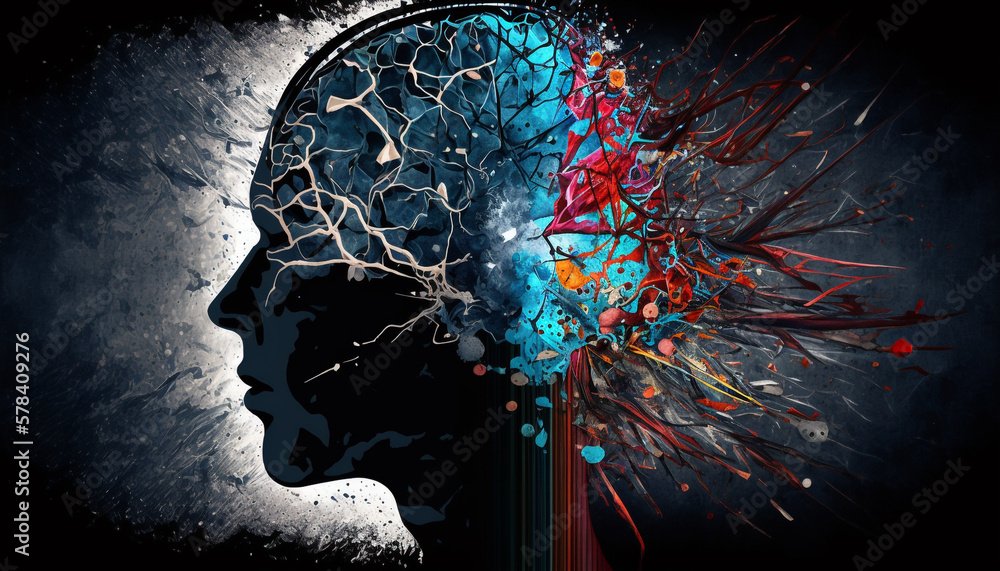Behavioral economics also examines how social factors—like fairness, reciprocity, and trust—shape economic decisions. These social preferences activate regions like the medial prefrontal cortex and anterior insula, areas associated with empathy, social cognition, and emotional response. Experiments like the Ultimatum Game, where people have to decide how to split money with another person, show that people are willing to reject unfair offers, even if it means sacrificing their own potential reward. This reflects a deep-seated concern for fairness and social equity, which is encoded in the brain's social circuits.








